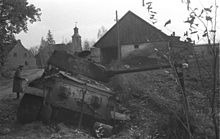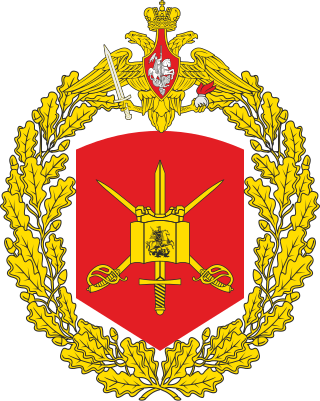
The 1st Guards Tank Red Banner Army is a tank army of the Russian Ground Forces.
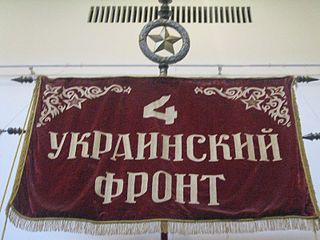
The 4th Ukrainian Front was the name of two distinct Red Army strategic army groups that fought on the Eastern Front in World War II.

The Russian 201st Military Base is a Russian military base based in Dushanbe, Tajikistan, part of the Central Military District. It was originally raised twice in World War II as part of the Soviet Union's Red Army and is now part of the Russian Ground Forces.
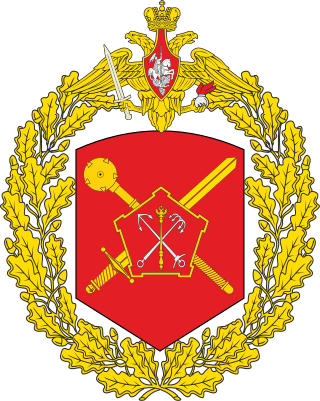
The 6th Red Banner Combined Arms Army is a field army of the Red Army and the Soviet Army that was active with the Russian Ground Forces until 1998 and has been active since 2010 as the 6th Combined Arms Army. Military Unit number в/ч 31807.

The 19th Voronezh-Shumlinskaya Red Banner Order of Suvorov and Red Banner of Labor Motor Rifle Division, is a division of the Russian Ground Forces. It appears to have been formed originally in July 1922 at Tambov in the Moscow Military District as a territorial formation. In 1923 it was awarded the 'Tambov' placename and renamed the 19th Voronezh Rifle Division. The division was downsized to a brigade in 2009 and reestablished as a division in 2020.
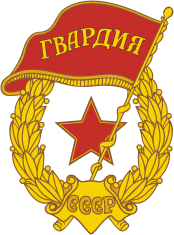
The 90th Guards Tank Division was a division of the Soviet Army, and then of the Russian Ground Forces.

The 2nd Guards Tank Army was a large military formation of the Red Army and Soviet Army, later part of the Russian Ground Forces of the Russian Federation.
The 245th Motor Rifle Division was a division of the Soviet Army and later the Russian Ground Forces, active from 1967 to 1997 and later from 2001 to 2006.

The 20th Guards Combined Arms Army is a field army. In 1991, after the dissolution of the Soviet Union, the army became part of the Russian Ground Forces. Military Unit Number в/ч 89425.

The 20th Guards Carpathian-Berlin Motor Rifle Division is a formation of the Russian Ground Forces, originally formed within the Soviet Red Army as the 3rd Mechanised Corps. The division was reformed in 2021 from the former 20th Guards Motor Rifle Brigade.
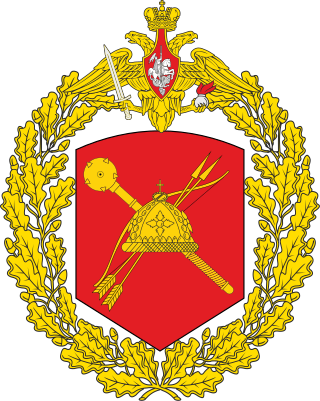
The 41st Guards Combined Arms Army is a field army of the Russian Ground Forces, currently part of the Central Military District. Originally, it was formed in 1942 as part of the Soviet Red Army, during World War II. It was reformed in 1998, when the Transbaikal Military District and Siberian Military District were amalgamated.

The 22nd Mechanized Brigade is a formation of the Ukrainian Ground Forces. It traces its origins to the 66th Guards Rifle Division, originally a formation of the Red Army and later of the Soviet Ground Forces.
The 161st Stanislav Red Banner Order of Bohdan Khmelnytskyi Mechanised Brigade was a brigade of the Ukrainian Ground Forces from 1993 to 2003.

The 11th Guards Mechanized Brigade is a unit of the Armed Forces of Belarus based in Slonim. The 11th Guards Brigade traces its history back to the 1942 formation of the 6th Tank Corps of the Soviet Army during World War II.

The 32nd Army was a formation of the Soviet Army during World War II. The army was formed twice during the war, disbanded as part of the post-war demobilization and then reformed in 1969 to protect the Soviet-Chinese border.

The 5th Shock Army was a Red Army field army of World War II. The army was formed on 9 December 1942 by redesignating the 10th Reserve Army. The army was formed two times prior to this with neither formation lasting more than a month before being redesignated.
The 17th Guards Rifle Division was an infantry division of the Red Army during World War II. It was created on March 17, 1942, from the first formation of the 119th Rifle Division, in recognition of that division's stalwart defense against German Army Group Center in the Battle of Moscow, and in the subsequent strategic offensive that threw the German forces back from the capital. It became the 123rd Guards Motor Rifle Division in 1957 and converted into the 129th Guards Machine-Gun Artillery Division in 1989. In 2001, it was converted to the 17th Guards Motor Rifle Division and became the 70th Guards Motor Rifle Brigade in 2009. The brigade was reorganized as the 114th Guards Motor Rifle Regiment of the reformed 127th Motor Rifle Division in 2018. The regiment is currently based in Ussuriysk.

The Red Banner Central Asian Military District was a military district of the Soviet Armed Forces, which existed in 1926–1945 and 1969–1989, with its headquarters at Tashkent (1926–1945) and Almaty (1969–1989). By USSR Order No.304 of 4 June 1926, the Turkestan Front was renamed the Central Asian Military District.
The 207th Rifle Division began its combat path under unusual circumstances. It was partly formed for the first time as a standard Red Army rifle division in the spring of 1941, before the German invasion, but was never completed. A second formation began in April 1942 and was completed on June 1, after which it was sent to the Stalingrad Front. Heavily depleted in counterattacks against the north flank of German Sixth Army, by November the survivors were reassigned and the division disbanded. The 207th was formed for a third time in June 1943, and fought its way through the central part of the Soviet-German front, ending the war in the heart of Berlin in the battle for the Reichstag. The division saw postwar service in the Group of Soviet Forces in Germany.
The 120th Rifle Division was an infantry division of the Red Army, formed three times. Its first formation became the 6th Guards Rifle Division for its actions in the Yelnya Offensive. Its second formation became the 69th Guards Rifle Division for its actions in the Battle of Stalingrad. The division was reformed a third time in late April 1943. It was disbanded "in place" with the Central Group of Forces in the summer of 1945.


